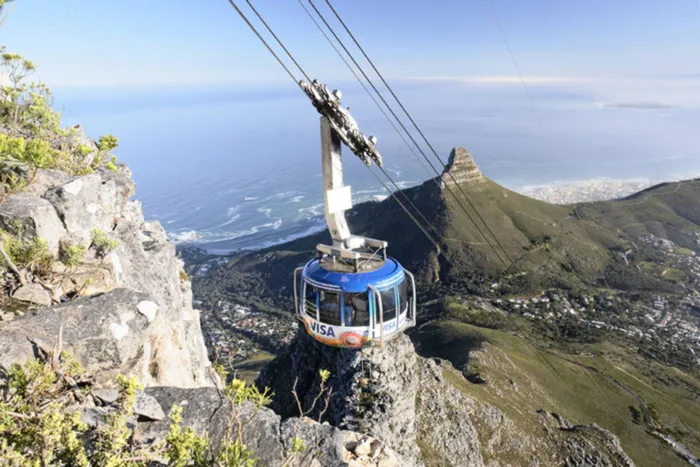In recent years, the travel landscape has undergone a remarkable shift. While international trips once symbolized adventure and prestige, travelers are increasingly turning inward rediscovering the beauty, culture, and comfort of their own surroundings. This movement, known as local tourism or the “staycation” trend, has transformed how people experience leisure, connection, and exploration.
1. The Birth of the Staycation Movement
The concept of the staycation vacationing close to home rather than abroad emerged strongly in the late 2000s but gained unprecedented popularity after the COVID-19 pandemic. With travel restrictions, safety concerns, and economic uncertainty, millions began exploring local attractions, parks, beaches, and heritage sites within their own regions. What began as a necessity evolved into a conscious choice a sustainable, affordable, and meaningful form of travel.
Staycations redefined what it means to “get away.” Instead of long flights or foreign hotels, people found joy in weekend retreats, nearby resorts, and cultural day trips. The idea proved that rest and adventure don’t always require crossing borders; sometimes, they’re found right outside our doors.
2. Rediscovering the Familiar
Local tourism encourages people to view their communities through fresh eyes. Hidden waterfalls, local markets, historical landmarks, art galleries, and traditional cuisines suddenly take on new meaning. This rediscovery fosters a sense of pride and belonging, strengthening cultural identity and appreciation for one’s homeland.
In many regions, tourism boards have launched campaigns highlighting domestic destinations inviting citizens to “explore home first.” From Lagos to London, Tokyo to Toronto, travelers are embracing the idea that there is always more to uncover nearby.
3. Economic and Environmental Benefits
The rise of local tourism has brought economic relief to small businesses and communities that depend on visitors. Local hotels, restaurants, artisans, and tour guides benefit directly from increased domestic travel, keeping money circulating within the local economy.
Environmentally, staycations promote sustainable tourism by reducing carbon footprints associated with air travel. Fewer long distance flights mean fewer emissions, while local exploration encourages eco-friendly transportation such as biking, walking, or road trips.
4. Technology and the Local Tourism Boom
Technology has played a major role in promoting local travel. Social media influencers, travel bloggers, and digital platforms showcase lesser known destinations, often turning small towns or scenic villages into trending spots. Online tools like Google Maps, Airbnb Experiences, and local tourism apps make it easy for travelers to discover and book unique nearby adventures.
The digital era has also empowered small businesses to market themselves globally meaning a local eco-lodge or family run restaurant can now attract both domestic and international visitors with a simple online presence.
5. The Wellness and Mindfulness Connection
Staycations are not just about geography they’re about mindset. Many travelers now seek mental rest and wellness over material indulgence. Local retreats, yoga getaways, and nature-based experiences allow individuals to disconnect from daily stress without the exhaustion of long distance travel.
This trend aligns with a broader global shift toward slow travel a philosophy that values depth of experience over the number of destinations visited. Whether it’s a quiet weekend by the lake or a cultural workshop in a nearby town, local travel offers opportunities for reflection and renewal.
6. The Future of Local Tourism
As sustainability, affordability, and personal well being continue to shape travel choices, local tourism is here to stay. Governments and private sectors are investing in infrastructure, marketing, and cultural preservation to support this growing demand. The post pandemic traveler is more conscious seeking authenticity, safety, and community over extravagance.
The staycation movement also represents a broader cultural shift: a realization that adventure isn’t defined by distance, but by discovery. It’s about finding wonder in the ordinary and connection in the familiar.
Conclusion
The rise of local tourism and staycations marks a turning point in how we understand travel. It’s a celebration of proximity, culture, and sustainability a reminder that exploration begins at home. In rediscovering local gems, people are not only boosting their economies and protecting the planet but also finding a renewed sense of joy in the places they call home.






